40 identifying bacteria in petri dishes
How to identify bacteria in a Petri dish - Quora Traditionally bacteriologists presumptively identified bacteria on the basis of colonial morphology on agar media. They usually used a hand lens (x10) to see details. It was largely a matter of an excellent visual memory, basically - seen it before. A Laboratory Activity Demonstrating the Antibacterial ... They then plated a “lawn” of each of the provided bacteria (one plate of E. coli and one plate of B. cereus) using either an ethanol-flamed bacteria spreader or sterile swabs. Ethanol-flamed forceps were then used to apply both extract-soaked and antibiotic-infused disks to each inoculated plate ( Fig. 1F–H ), and the plates were incubated for 24 hours at 37°C.
PDF Ages: Topic: Time: Mission X: Train Like an ... - NASA • Purchase Petri dishes - It is important to use an agar formulation that does not preferentially grow one kind of bacteria over another. Although other agar formulations might work, it is recommended that you purchase nutrient agar for this activity as it has more nutrients and will grow the widest range of bacteria. You can purchase
Identifying bacteria in petri dishes
How to Grow Bacteria in a Petri Dish: 10 Steps (with Pictures) If you like, you can measure the daily growth of the bacteria colonies by using a felt-tip marker to trace a circle around each colony on the bottom of the Petri dish. After several days, you should have a collection of concentric rings on the bottom of each dish. This will help you count and record the data. 5 how to identify bacteria in a petri dish - shapovmusic.com How To Identify Bacteria In A Petri Dish? Colony morphology is a method that scientists use to describe the characteristics of an individual colony of bacteria growing on agar in a Petri dish. It can be used to help to identify them. A swab from a bin spread directly onto nutrient agar. Colonies differ in their shape, size, colour and texture. PDF Identifying Cultured Bacteria - TeachEngineering Identifying Cultured Bacteria Bacteria are unicellular microorganisms found in every habitat on Earth. Nearly all have cell walls composed of peptidoglycan and reproduce by binary fission (cloning of cells). Although many of these microbes are harmless or beneficial to humans, others are pathogenic, causing infectious diseases. Identification ...
Identifying bacteria in petri dishes. Image result for petri dish bacteria identification chart ... Mar 6, 2018 - Bacteria grow on solid media as colonies. A colony is defined as a visible mass of microorganisms all originating from a single mother cell, therefore a colony constitutes a clone of bacteria all … 41 identifying bacteria in petri dishes - Digital ... For your other four agar-filled petri dishes or ramekins, identify four different surfaces you want to test for bacteria. Use a cotton swab to collect bacteria.6 pages Identifying bacteria in petri dishes. For your other four agar-filled petri dishes or ramekins, identify four different surfaces you want to test for bacteria. › science-fair-projectsInterpreting Plates - Science Buddies Common physical characteristics of bacteria colonies are listed and separated into 3 categories. The bacterias form describes how they spread in a petri dish and can be: circular (covering the whole dish) irregular (spreading out in a non-uniform pattern), filamentous (spreading out like roots towards the outer edge), and rhizoid (spreading out like branches with main segments splitting into ... How To Determine Types Of Bacteria Grown On Petri Dish ... How To Determine Types Of Bacteria Grown On Petri Dish? It is a method for analyzing colony growth in a petri dish by measuring the characteristics associated with colony growth. In the process, it can assist in identifying them. A nutrient agar is rubbed directly over a swab from a bin.
Why Does Bacteria Grow In A Petri Dish? - iLoveMyCarbonDioxide A Petri Dish Is Used To Identify Bacteria. Bacteria. As bacterial colonies of distinct circular cells, they must represent an individual cell or group that has consistently split throughout. Keeping one place, the resulting cells can form visible patches because they have been stored in the same place. Colonies of bacterial species most often ... en.wikipedia.org › wiki › Dictyostelium_discoideumDictyostelium discoideum - Wikipedia Dictyostelium discoideum is a species of soil-dwelling amoeba belonging to the phylum Amoebozoa, infraphylum Mycetozoa.Commonly referred to as slime mold, D. discoideum is a eukaryote that transitions from a collection of unicellular amoebae into a multicellular slug and then into a fruiting body within its lifetime. Growing Bacteria in Petri Dishes Experiment | Science ... Lift the lid off the Petri dish and LIGHTLY draw a squiggly line in the agar with the end of the cotton swab. Roll the swab in your fingers as you draw the line. Replace the lid and label the dish with the date and the name of the item you tested. NOTE: Moisture coming from the agar can be a problem. Growing bacteria in a petri dish {STEM activity for kids ... After we cultured our petri dishes with swabs from several household items, we set the dishes under a desk lamp to keep the temperature around 95 degrees F / 35 degrees C. If the temperature is too low, bacteria will still grow, but the process will be very slow. If the temperature is too hot (over 100 degrees F / 37 degrees C), some types of ...
› topics › medicine-andPlaque Assay - an overview | ScienceDirect Topics This mixture is plated in a soft agar overlay on a petri dish containing the appropriate nutrient agar and incubated, usually overnight. Individual infected cells release phages that infect the surrounding cells in the bacterial layer, and multiple rounds of infection continue until growth of the bacteria on the plate ceases due to nutrient ... A Bacteria In A Petri Dish? - iLoveMyCarbonDioxide How Do You Identify Bacteria In A Petri Dish? Several kinds of bacteria grow on agar in a petri dish, including colony morphology, which describes the properties of particular colonies. The information can be translated to help in identifying them. Nutrient agar was directly absorbed in the presence of the swab collected through the garbage bin. › books › NBK563195Sputum Analysis - StatPearls - NCBI Bookshelf Oct 30, 2021 · Some sample dishes will keep incubating longer, depending on microbial flora present and the need to identify and semiquantitative isolates and perform antimicrobial susceptibility tests. Conversely, if no bacteria or fungi grow in 6 to 8 weeks for solid culture media or six weeks for liquid culture media, the result is negative. quizlet.com › 522917943 › micro-lab-1-7-flash-cardsMicro Lab 1 - 7 Flashcards - Quizlet Petri dishes should be incubated with the lid side up. ... characteristics that can be helpful in identifying a microorganism? ... remove a loopful of bacteria and ...
Petri dishes, Bacteria, Petri dish Colony morphology is a Identifying Bacteria in a Petri Dish. Culturing and identifying bacteria are In our experiment, after letting the Petri dish cultures mature, we set out to identify It would very much depend on the type of nutrient agar that you used in your dish.
How To Identify Bacteria Grown In A Petri Dish ... How To Identify Bacteria Grown In A Petri Dish? Using colony morphology, scientists study individual colonies of bacteria in petri dishes in order to determine their characteristics. The information can assist in identifying the individuals. Nutrient agar is sprayed straight with a sample of urine in front of it.
Bacterial Colony Morphology and Identification of Bacteria Colony Morphology & Identification of Bacteria. The term "colony morphology" refers to the visible characteristics of a colony. Colonies that differ in appearance are typically different bacterial strains, species, or genera. However, colony morphology is not a reliable way to identify bacteria, as many different types of bacteria have ...
How do you identify bacteria in a petri dish? Colony morphology is a method that scientists use to describe the characteristics of an individual colony of bacteria growing on agar in a Petri dish. It can be used to help to identify them. A swab from a bin spread directly onto nutrient agar. Colonies differ in their shape, size, colour and texture. Click to see full answer
PDF MOLD IDENTIFICATION GUIDE - Evviva Sciences The images below show the appearance of many common household molds on petri dishes. Compare the mold growth from your kit with the images below to help identify the mold on your petri plates. Remember that a laboratory test is the most accurate method for mold identification.
Identifying Bacteria Through Look, Growth, Stain and Strain To test whether bacteria contain a catalase enzyme, a microbiologist drops hydrogen peroxide into a smear of bacteria on a microscope slide. If the bacteria contain catalase, the mixture bubbles as the hydrogen peroxide decomposes into water and oxygen.
Observing microbes - Observing bacteria in a petri dish Observing bacteria in a petri dish. Students should examine cultures in containers, which have been taped and closed. Colony morphology is a method that scientists use to describe the characteristics of an individual colony of bacteria growing on agar in a Petri dish. It can be used to help to identify them.
How To Identify Types Of Bacteria In Petri Dishes ... How To Identify Types Of Bacteria In Petri Dishes? When the colony of bacterial growth takes place in a petri dish, researchers analyze their characteristics to describe its individual personality. By using this feature, you can recognize them more easily. From a nutrient agar, a swab was deposited on it.
Inside the Petri Dish: Understanding the Different Types ... Scientists must be able to identify bacteria to properly treat and combat pathogenic varieties. One of the most common ways to identify the 3 shapes of bacteria is through the Gram stain test. The...
Identifying bacteria on petri dishes (mushroom cultivation ... quick update on our breeding project - it looks like some cocci appeared on our blue oyster dishes - this is why it is important to constantly observe for gr...
Lesson 3: The Methods for Studying Microorganisms In order to grow microbes out of their natural habitats and in pure form in the laboratory, certain nutrients are required. Nutritional requirements of microbes vary, and at least 500 different types of media are used in culturing and identifying microorganisms. Culture media are contained in test tubes, flasks, or Petri dishes.
What is the growth medium in a Petri dish ... This is the bacterial growth in your petri dishes. How do you identify bacteria on a petri dish? Bacteria. Each distinct circular colony should represent an individual bacterial cell or group that has divided repeatedly. Being kept in one place, the resulting cells have accumulated to form a visible patch. Most bacterial colonies appear white ...
Observing bacteria | Bacteria - Microbiology Society Colony morphology is a method that scientists use to describe the characteristics of an individual colony of bacteria growing on agar in a Petri dish. It can be used to help to identify them. Colony morphology A swab from a bin spread directly onto nutrient agar. Colonies differ in their shape, size, colour and texture.
Gallery of bacteria - photo gallery of bacterial species ... on Petri dish virulent strain. Streptococcus pneumoniae on blood agar virulent strain. Streptococcus pneumoniae virulent and avirulent strain. Streptococcus pneumoniae avirulent strain and viridans streptococci. Streptococcus pneumoniae 3D model
How To Identify Bacteria Grow In A Petri Dish ... How To Identify Bacteria Grow In A Petri Dish? In colony morphology, scientists study how individual colonies of bacteria grow on agar in petri dishes to make their model specific to bacterial population size. Identifying them is possible because of this tool. Nutrient agar is directly absorbed via a swab form a bin.
How does bacteria grow in petri dishes? - Greedhead.net Colonies become large enough to visibly identify and are counted in about four days (96 hours), before the petri dish is overgrown. How do you grow bacteria in a petri dish? Pour bleach into the petri dishes. Open the petri dish and carefully pour a small amount of bleach on top of the bacteria colonies, holding the dish over a sink.
PDF Identifying Cultured Bacteria - TeachEngineering Identifying Cultured Bacteria Bacteria are unicellular microorganisms found in every habitat on Earth. Nearly all have cell walls composed of peptidoglycan and reproduce by binary fission (cloning of cells). Although many of these microbes are harmless or beneficial to humans, others are pathogenic, causing infectious diseases. Identification ...
how to identify bacteria in a petri dish - shapovmusic.com How To Identify Bacteria In A Petri Dish? Colony morphology is a method that scientists use to describe the characteristics of an individual colony of bacteria growing on agar in a Petri dish. It can be used to help to identify them. A swab from a bin spread directly onto nutrient agar. Colonies differ in their shape, size, colour and texture.
How to Grow Bacteria in a Petri Dish: 10 Steps (with Pictures) If you like, you can measure the daily growth of the bacteria colonies by using a felt-tip marker to trace a circle around each colony on the bottom of the Petri dish. After several days, you should have a collection of concentric rings on the bottom of each dish. This will help you count and record the data. 5

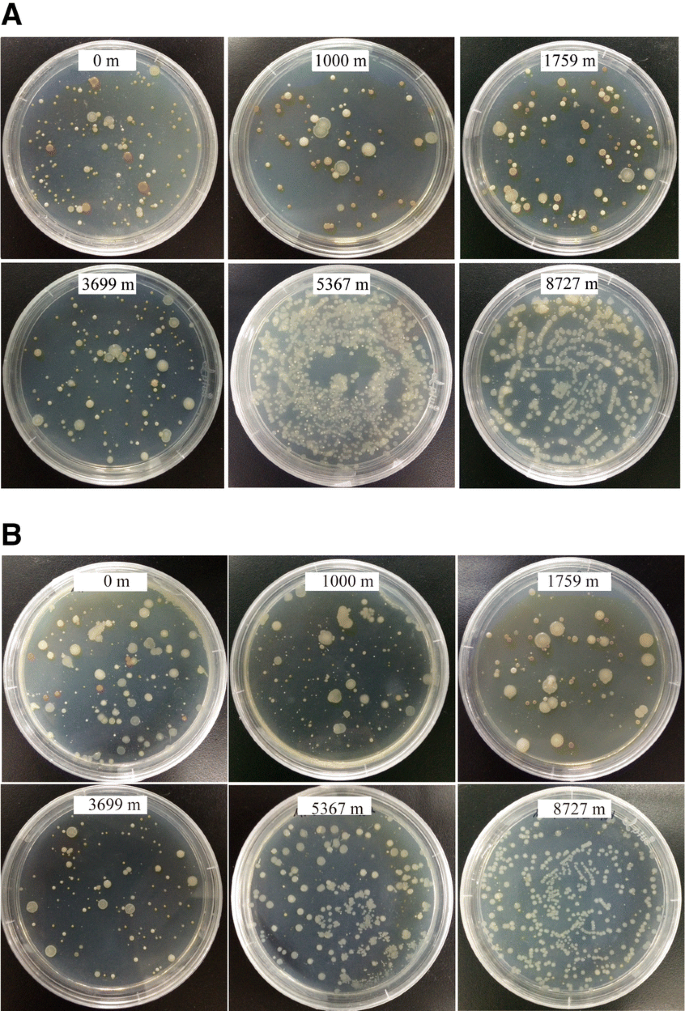
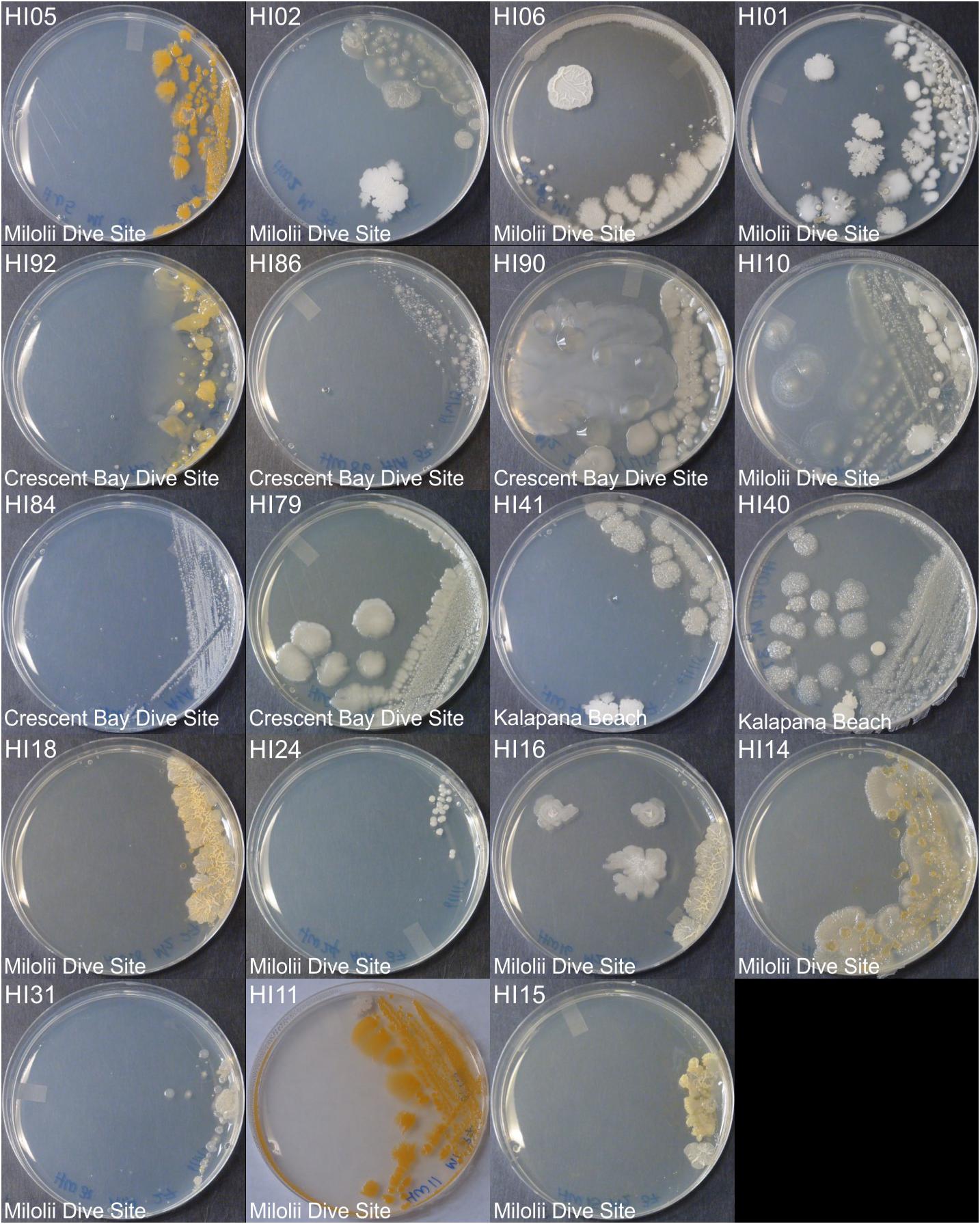






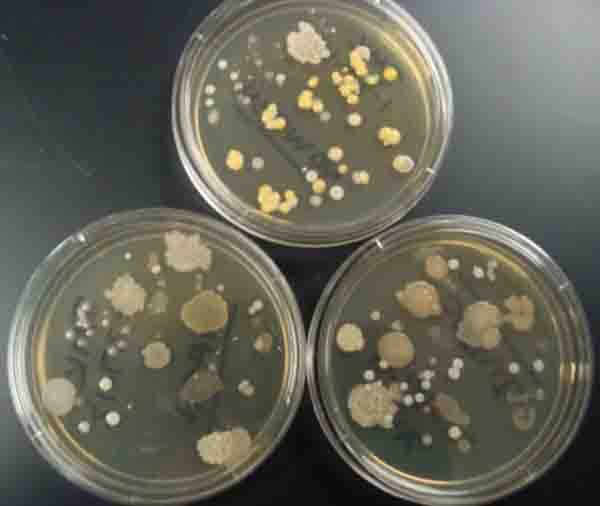
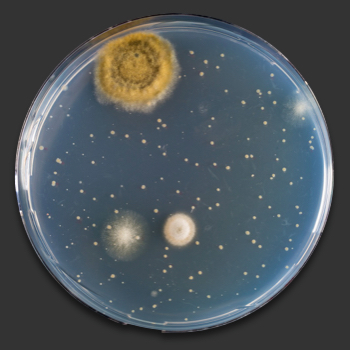

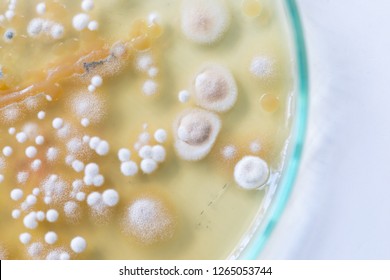
















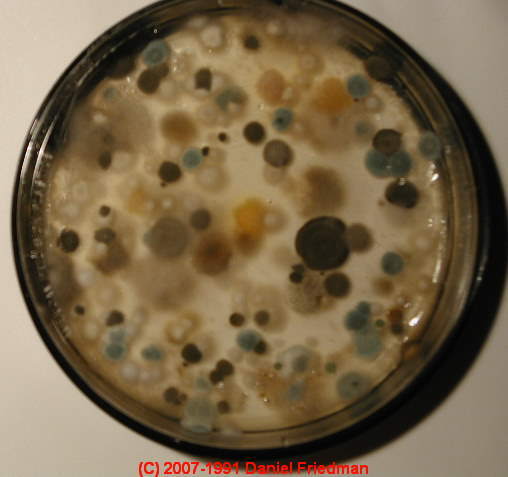


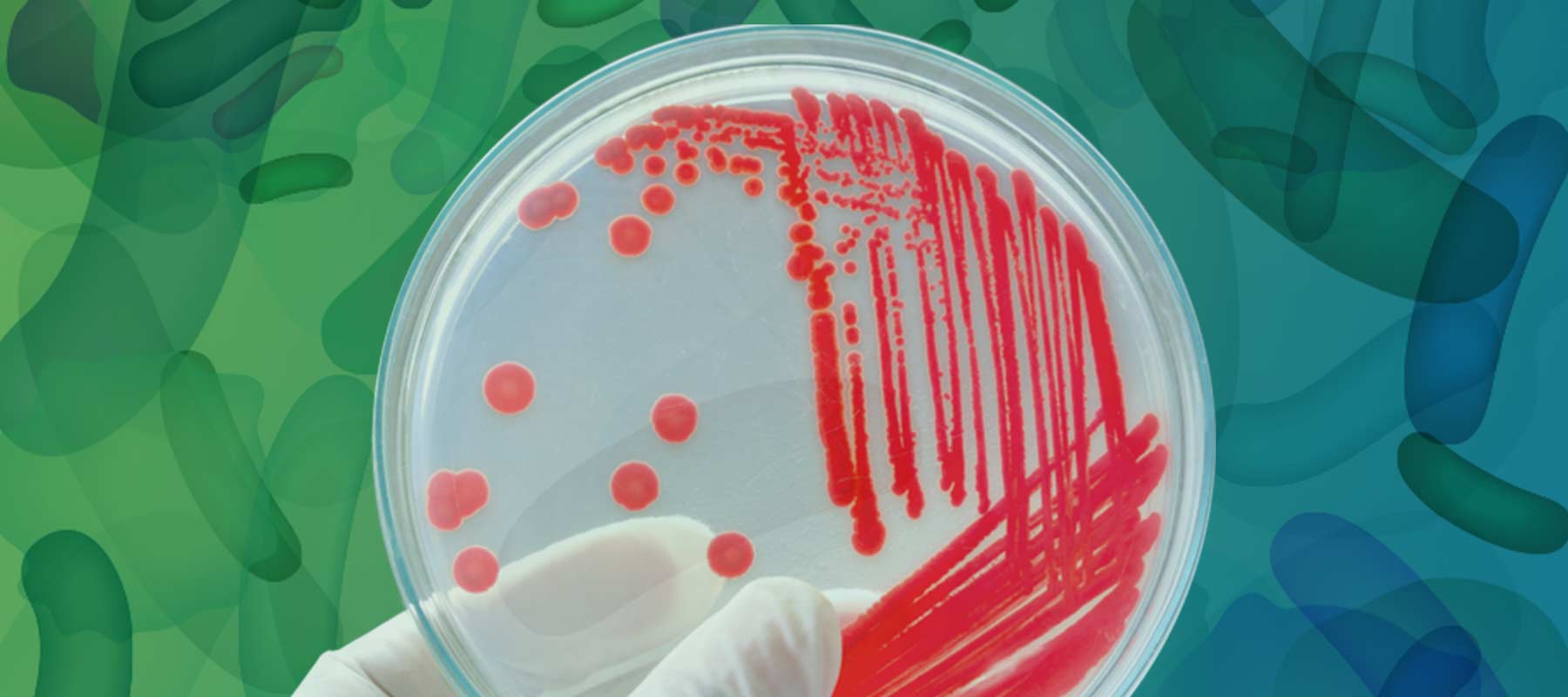
/https://tf-cmsv2-smithsonianmag-media.s3.amazonaws.com/filer/61/45/61457b25-54a9-4bb2-b5b1-30ce1ab40dbc/img_6288.jpg)

0 Response to "40 identifying bacteria in petri dishes"
Post a Comment